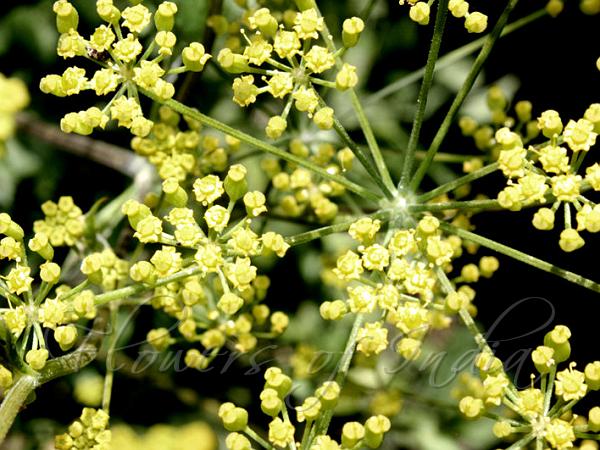|
| Parsnip |
|

|

| File size | 172959 |
| Original date | 7/11/13 11:15 AM |
| Resolution | 708 x 531 |
| Flash | Flash fired |
| Focal length | 55.0mm |
| Exposure time | 1/125s |
| Aperture | 22.0 |
| Focus Distance | |
| Metering Mode | Multi-segment |
| Camera make | Canon |
| Camera model | Canon EOS 550D |
| Sensor type |
|
|
|
|
Photo: |
Botanical name: Pastinaca sativa Family: Apiaceae (Carrot family)
Synonyms: Pastinaca sylvestris
Synonyms: Pastinaca sylvestris
Parsnip is a herbaceous plant is 2-5 ft tall,
branching occasionally. The stems are hairless, angular, and furrowed.
The alternate leaves are oddly pinnate, consisting of about 9 leaflets
that are more or less hairless. The lower compound leaves are up to 18
inches long and 6 inches across; they have long leaf-stalks. The upper
compound leaves are substantially smaller; they have short leaf-stalks.
The individual leaflets are up to 3 inches long, 2 inches across, and
ovate or elliptic in outline; they often have cleft lobes and coarse
teeth along the margins. The upper stems terminate in compound umbels
of tiny yellow flowers. Each compound umbel has a long naked
flower-cluster-stalk and spans about 3-8 inches across when fully
mature; it is flat-topped. A compound umbel consists of about 15-25
umbellets, and each umbellet has about 12-35 flowers. Both floral
bracts and floral bractlets are absent. Each flower is about 3 mm
across, consisting of 5 yellow petals, a greenish yellow nectar pad,
and insignificant sepals. The tiny petals are initially folded toward
each other, but they eventually curve outward. The blooming period
typically occurs from late spring to mid-summer and lasts about 1-2
months; a few plants may bloom later in the year. Each flower is
replaced by a schizocarp containing a single seed. The seeds are
flattened and winged; they are blown about by the wind. The root of a
stout carrot-shaped fleshy taproot with a distinctive aroma. The
parsnip is native to Eurasia. It has been used as a vegetable since
antiquity and was cultivated by the Romans, although some confusion
exists in the literature of the time between parsnips and carrots. It
was used as a sweetener before the arrival in Europe of cane sugar. It
was introduced into the United States in the 19th century.
| Identification credit: Gurcharan Singh | Photographed in Kashmir University Botanical Garden, Kashmir. |
• Is this flower misidentified? If yes,